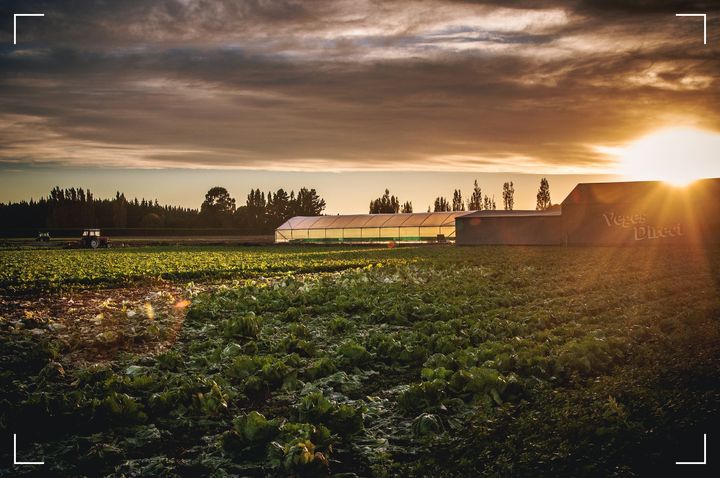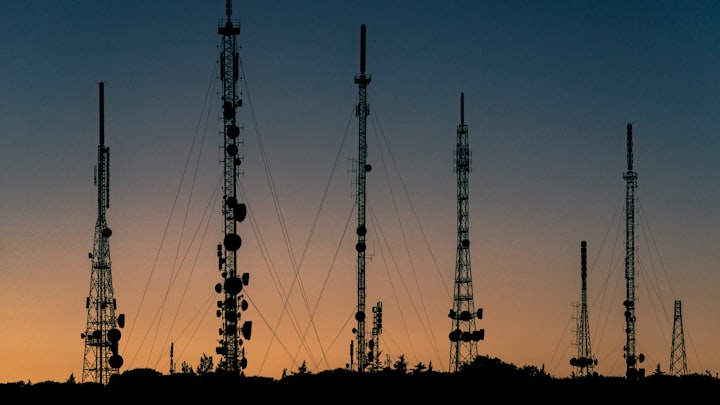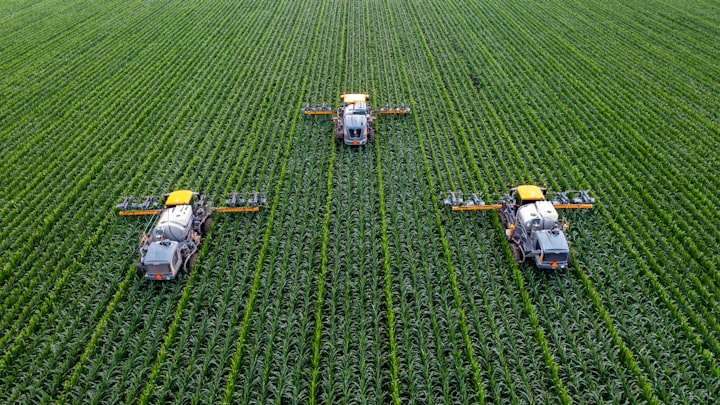Scope 3 Emissions in the FMCG Landscape: A Deep Dive into Supplier Transformation Amidst Evolving Dynamics

The Fast-Moving Consumer Goods (FMCG) sector, a linchpin of the global economy, is at the forefront of the sustainability revolution. As the intricacies of carbon accounting become more pronounced, the nuanced challenges and opportunities of Scope 3 emissions in the FMCG value chain warrant a closer examination. This article offers an in-depth exploration for sustainability experts, dissecting supplier metamorphosis, sophisticated consumer dynamics, and the multifaceted regulatory milieu.
1. Dissecting the Scope 3 Conundrum in FMCG:
For FMCG entities, the granularities of Scope 3 emissions present a labyrinthine challenge:
- Raw Material Procurement: Beyond the overt emissions, factors like land-use change, water scarcity, and biodiversity loss in raw material production are pressing concerns.
- Third-party Manufacturing Nuances: The emissions aren't just about production; they encompass the entire lifecycle, including resource extraction, processing, and end-of-life treatment.
- Distribution Complexities: It's not just about fuel. Route optimization, warehousing emissions, and even refrigeration in transit play roles.
- Product Disposal: The post-consumer phase, especially in a circular economy model, holds significant implications for Scope 3 emissions.



